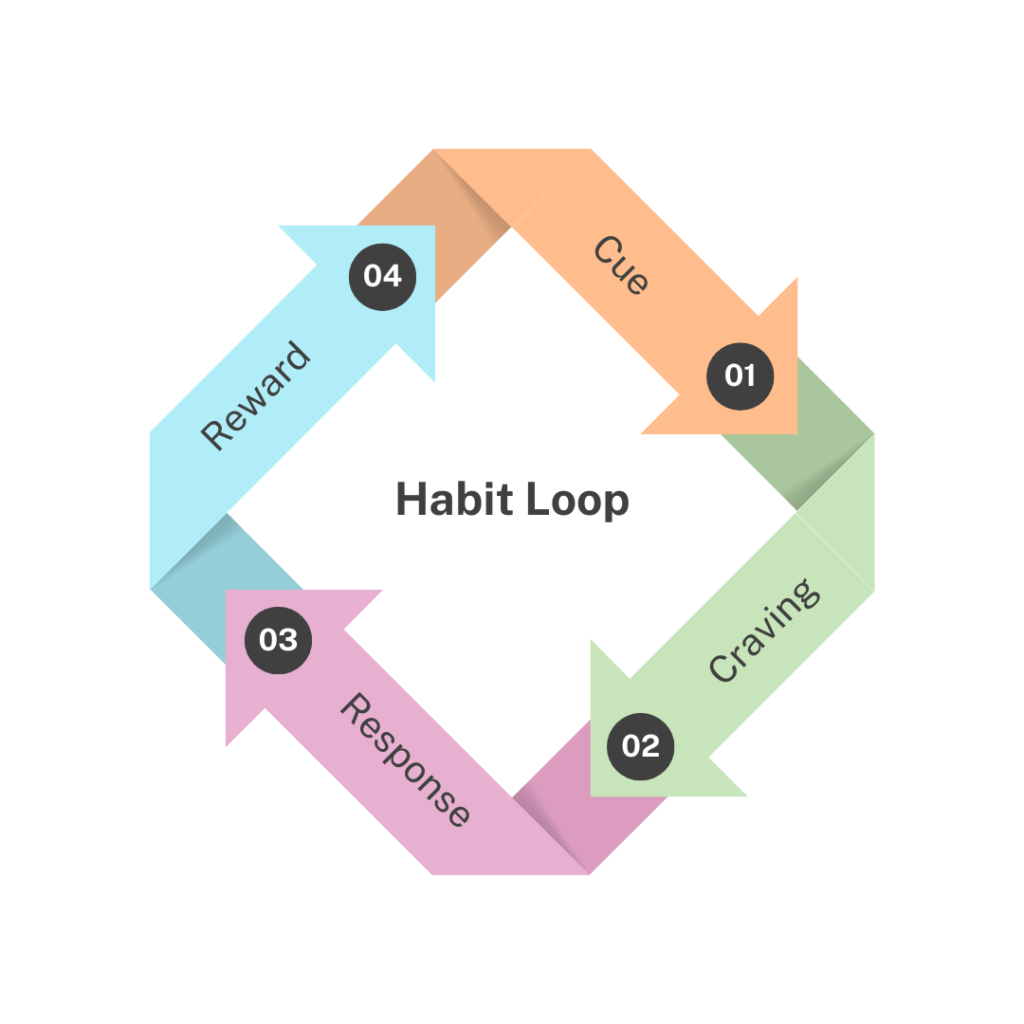“Habits are the compound interest of self improvement” – James Clear
In a world where radical transformation is often romanticized, Atomic Habits challenges this notion with a refreshing perspective. The book offers a deep dive into the science of habit development, focusing on who you wish to become rather than just what or how. It’s an insightful read, packed with practical steps for building lasting habits, making it a must-read for anyone looking for a thought-provoking fiction book review on personal growth and self-improvement.
The Power of Atomic Habits
In the book, James argues that small, consistent improvements are the key to unlocking our potential. Imagine 1% better every day. Over time, that tiny shift compounds into incredible results. It’s like the difference between a snowball and an avalanche. (Interestingly 1% better each day will make you a 37 times better person over the year; 1.01ˆ365 = 37.78)
The Science of Habits Development
So, how do we actually build these good habits? Clear introduces the Habit Loop, a four-step cycle that explains how habits form.

1. Cue
The first step to building a habit is making it crystal clear. To achieve this, specify both the time and location for your desired action. Forget vague promises like “I’ll hit the gym after work.” Instead, say: “I will go to the gym near my house for 20 minutes at 7 pm.” This precise language helps your brain register the task more vividly, increasing the chances you’ll follow through.
Still struggling with sticking to your new routine? Consider habit stacking. This technique involves linking your new habit with an existing one. For example, you could say: “After getting in my car after work, I will drive straight to the gym for my 7 pm workout”. By attaching the new habit to something you already do consistently, you create a natural reminder and increase the likelihood of success.
2. Craving
The second step to solidifying a new habit hinges on making it intrinsically attractive. This is where James Clear emphasizes the power of dopamine. By associating the desired behavior with a dopamine spike, you essentially train your brain to crave the positive reinforcement it receives upon completion. Here’s how Clear suggests achieving this: pair your needs with your wants. For example, instead of simply stating, “I will call three potential clients after lunch break,” reframe it as, “After I get back from my lunch break, I will call three potential clients (need); then, I will check ESPN (want).” This structure links the essential task (calling clients) with a desired activity (checking ESPN), creating a more appealing experience and boosting motivation.
3. Response
Humans naturally gravitate towards ease. This principle applies directly to habit formation. To solidify a new habit, make it as effortless as possible. The more frequently you repeat a behavior, the faster it becomes automatic. James Clear emphasizes this by suggesting that your starting point should ideally be a task that takes less than two minutes. Lengthy or time-consuming habits are less likely to be repeated consistently
4. Reward
While long-term benefits accumulate steadily, initial success relies on immediate gratification. New habits lack the motivational pull of significant results, making early days prone to discouragement. Here’s the key: choose rewards that complement your desired identity. Skip the post-workout ice cream, but consider pairing meditation with a short reading session, celebrating milestones with friends, or simply savouring the internal satisfaction of completing the habit itself. This creates a bridge between long-term goals and immediate enjoyment, boosting your initial motivation and setting you up for lasting change.
Goals vs. Systems: Building a Habit Machine

Clear argues that focusing solely on goals can be limiting. Goals are about the outcome, but systems are about the process. Building a system of good habits ensures you’re constantly moving in the right direction, making achieving your goals a natural consequence. Imagine you want to write a book. Setting a goal of finishing the manuscript might feel daunting. But building a system of writing daily, even for just 30 minutes, makes progress inevitable.
Takeaways & Opinion
Atomic Habits by James Clear is a breath of fresh air in the self-help world. Unlike many conventional books of this genre, Clear offers a practical framework for building lasting change. While I found the book valuable overall, the final law of the Habit Loop felt somewhat redundant, overlapping with previous points.
However, the concept of systems over goals truly resonated with me. We often get stuck in the cycle of generating great ideas that never translate into action. Atomic Habits emphasizes the importance of consistent execution, offering a clear roadmap through its focus on systems. By concentrating on building systems of good habits, we can ensure steady progress toward our goals, making this a must-find book for anyone looking to transform their approach to personal growth.
Three Key Takeaways:
- Building Systems: Forget vague aspirations and create an actionable blueprint for success.
- Low Friction Habits: Make your new habits easy to repeat – small, manageable actions are key.
- Automation is the Reward: The ultimate reward for sticking to a new habit is its transformation into an automatic part of your daily life. This is the essence of Atomic Habits.
I highly recommend this book to anyone looking to understand habits formation or self improvement in general.
